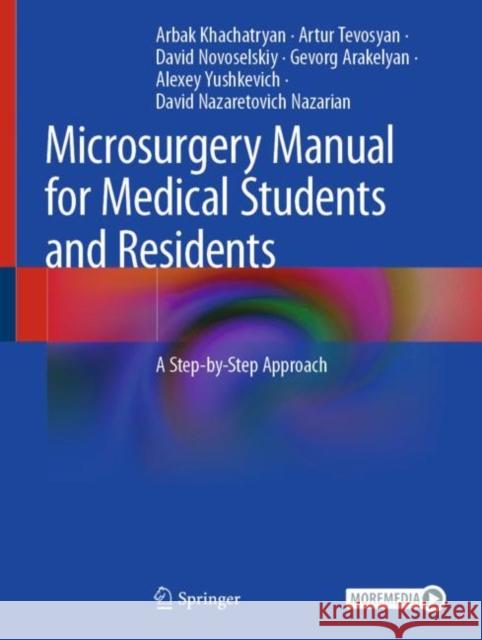Microsurgery Manual for Medical Students and Residents: A Step-By-Step Approach » książka
topmenu
Microsurgery Manual for Medical Students and Residents: A Step-By-Step Approach
ISBN-13: 9783030735302 / Angielski / Twarda / 2021 / 202 str.
Kategorie BISAC:
Wydawca:
Springer
Język:
Angielski
ISBN-13:
9783030735302
Rok wydania:
2021
Wydanie:
2021
Ilość stron:
202
Waga:
0.81 kg
Wymiary:
28.96 x 21.59 x 1.52
Oprawa:
Twarda
Wolumenów:
01
Dodatkowe informacje:
Wydanie ilustrowane











